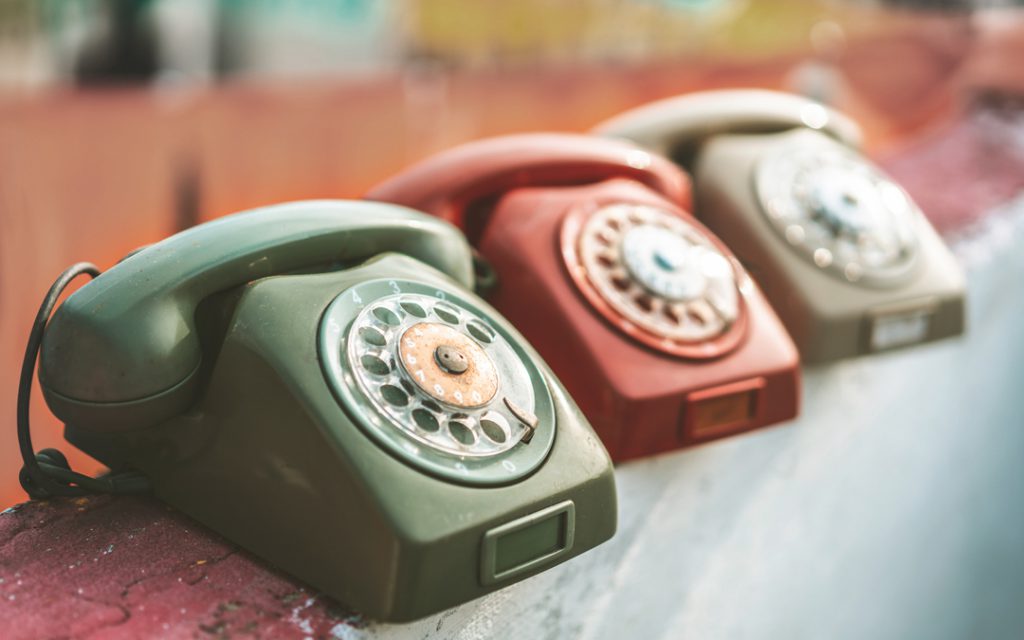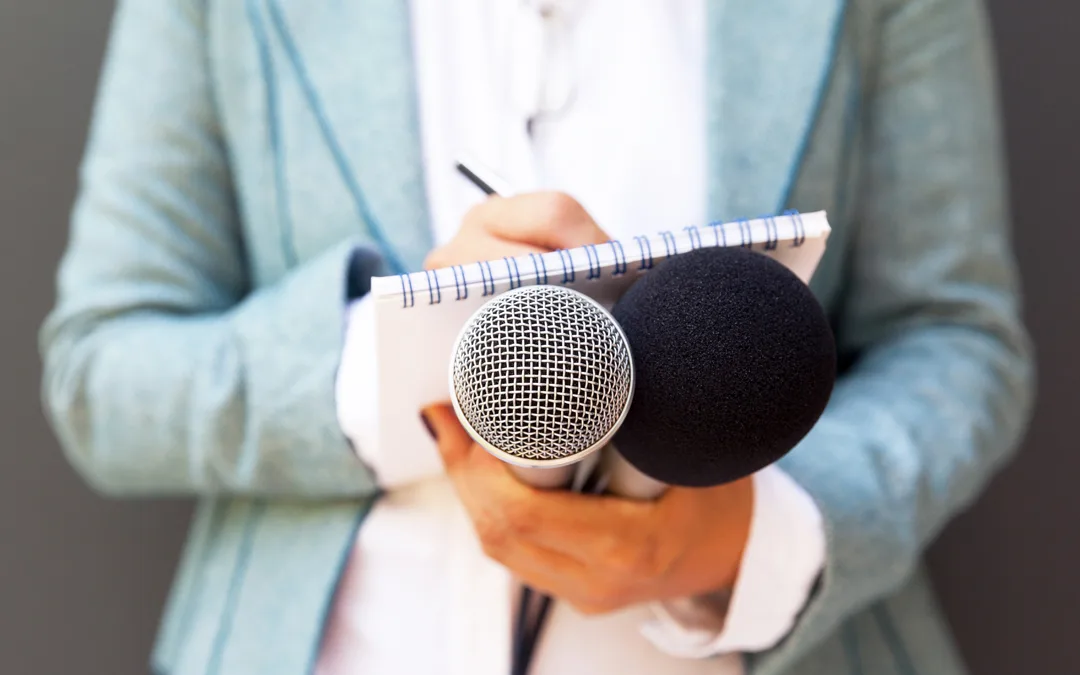A Roadmap to PR Success
You have a great story and you probably know exactly what you want to say! But who will be the best journalist or blogger to publish your story? What do you need to do to create interest in you, your shop, an event, or a piece? Putting in some preparation in advance can pay off in a big way and can be a lot of fun!
What’s Your PR Goal?
Think about why you are seeking publicity, whether in print or an online publication. It is usually for one or all these reasons:
- Raising brand awareness of your shop
- Increasing sales
- Publicizing an event

Identify Your Target Publications
Depending on which of the three above is your goal, your target audience (readership) could vary.
Take the time to identify the industry newspapers, magazines, websites, blogs, and social media feeds that are most suited to getting your message to the people you want to reach. Chances are, you already read some of these publications.
Luckily, you don’t need to reinvent the wheel! You can learn almost everything you need to know by studying the competition. Look over the types of coverage other dealers are getting and read their stories. Which stories appeal to you? Which ones don’t work for you? Is the article or blog interesting and easy to read? Which images are the most eye-catching? Who, amongst your competitors, gets the best coverage and why?
Take note of all this and use it as a source of inspiration for your own future PR and stories. But most importantly, use it to make a target list of publications that look to be ideal for your story.
Finding the Right Editorial Contact
After you have found the publications best suited to your target audience (readers), you will need to find the editorial contacts to promote your news or story. There are several ways to go about this. Here as two of the fastest:
Google the name of the publication plus the words “editorial contacts.” For example, when you type “Architectural Digest editorial contacts” into the search bar you will find this result.
Click on the link, and you can find the names of almost every contact at Architectural Digest, broken down by the types of stories or news they cover.
In hardcopy magazines, a list of key contacts is published on a single page called “the masthead.” It is generally located towards the front or on one of the first few pages when you open the magazine. You will find 10 – 15 names from the editorial department, the staff, and individual topics they cover, such as sports, arts and culture, and politics.
With this information, you can expand your original list of targeted publications and add the correct editor for each magazine to call, email, or arrange to meet in person. Create a spreadsheet where you can easily access the data you have collected.
Pitching Your Story
There are two easy ways to reach out to a journalist to establish a relationship:
1. Email or call a journalist (editor, writer, etc.) you feel is a good match and offer to be a resource for them.
Journalists and bloggers who cover the art and antiques fields are always searching for good stories. One of the best ways of establishing an ongoing relationship is to offer to help any time they need a lead, a picture, quote, or expert knowledge, or “insider” information. If they know they can pick up the phone or email you at a moment’s notice and can rely on you to get back to them promptly with precisely what they need, you will be on their radar permanently, creating a wealth of opportunities for you in the future.
When a journalist has time for a short phone call and a chat, even better, a quick conversation can help establish a connection and show them that you intend to be helpful – not a burden. They may even give you the vital information that opens fresh opportunities, such as an upcoming series or article in the research phase.

Before putting in a call to a targeted journalist or blogger, find out if they are free to talk, and make sure you are not bothering them when they are on a deadline. Approaching a conversation with respect will show the journalist that you understand the challenges they face every day – and they appreciate it!
2. Pitch your story. Ask your contact if the story is something in which they would be interested.
Commonly called a “pitch,” this approach involves running your story by the journalist to find out if they have an interest in covering it.
If you are comfortable on the phone, then give them a call. If email is more of your comfort level, keep your note short and sweet, a few paragraphs at most, and ask if this is something the editor might be interested in covering.
Following Up
Forty-eight hours after you have sent your material to the journalist, follow up with an email or brief phone call asking whether they have managed to look at it yet and if they need anything else at this stage. Keep it short, and don’t hound them. You’re there to remind them and be helpful, nothing more.
Be Appreciative!
Very few people thank journalists for great coverage. Those who acknowledge a journalist will be remembered positively! If a journalist or blogger gives you a great piece of coverage, send them an email to say how much you appreciate it! Engage with them on social media. Either promote the article yourself on Facebook or Twitter, tagging the author, or share their posts about it.
For more dealer/PR tips and tricks, check out our other PR Tips for Dealers article!




